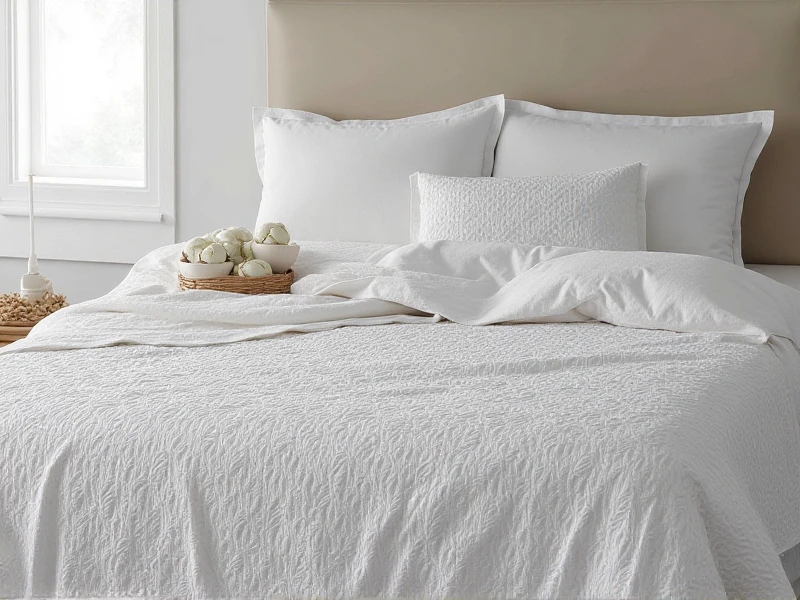The Evolution and Impact of Textiles in Modern Society
2025-06-01

Textiles are more than just fabrics; they are the threads that weave through every aspect of our lives, from the clothes we wear to the innovations shaping our future. As a fundamental element of human civilization, textiles have evolved from simple handmade creations to advanced materials driving sustainability and technology. Today, they represent a dynamic industry worth trillions globally, blending tradition with cutting-edge developments to meet the demands of fashion, healthcare, automotive, and beyond. This article explores the historical journey, current innovations, and sustainable trends in textiles, highlighting why they remain indispensable in our modern world.
Delving into history, the story of textiles begins over 10,000 years ago, with evidence of early civilizations like those in ancient Egypt and Mesopotamia crafting fabrics from natural fibers such as flax and wool. The invention of the loom revolutionized production, leading to mass manufacturing during the Industrial Revolution. This era saw the rise of cotton, spurred by innovations like the spinning jenny, which transformed textiles from artisanal work to a global trade. Fast-forward to the 20th century, synthetic fibers like polyester and nylon emerged, offering durability and affordability but bringing environmental challenges. Throughout this timeline, textiles have mirrored societal shifts—for instance, silk routes connected cultures economically, while wartime shortages accelerated synthetic developments. Understanding this rich heritage helps us appreciate how textiles have consistently adapted to human needs, blending utility with cultural expression.
Now, contemporary textile innovations are redefining possibilities. Smart textiles integrate technology, with examples like conductive fabrics enabling wearable health monitors—such as ECG-embedded shirts that track vital signs—or self-cleaning materials using nanotechnology for enhanced durability. These advancements extend to the fashion industry, where designers collaborate with scientists to create responsive garments that change color with temperature or incorporate biodegradable elements. Beyond attire, textiles play pivotal roles in sectors like automotive and construction, where lightweight, flame-retardant fabrics improve safety and efficiency; consider carbon-fiber textiles in car interiors reducing weight for better fuel economy. Another breakthrough is in medical textiles, where antimicrobial fabrics used in bandages or hospital gowns prevent infections, saving lives. Such innovations stem from extensive R&D, with companies investing heavily to push boundaries while maintaining comfort and accessibility.
Sustainability has become a central theme in the textile world, addressing urgent environmental concerns. The industry faces criticism for pollution, water consumption, and waste—fast fashion alone contributes to over 92 million tons of landfill waste annually. However, the tide is turning with green initiatives. Organic cotton, grown without harmful pesticides, and recycled materials like polyester from plastic bottles are gaining traction, reducing ecological footprints. Brands such as Patagonia and H&M champion these approaches, incorporating circular economy principles where textiles are reused or repurposed. Similarly, innovations like lab-grown fabrics, such as mycelium-based leather, offer cruelty-free alternatives without sacrificing quality. Consumers are key drivers here; by choosing eco-certified fabrics and supporting transparent supply chains, they encourage positive change. These efforts are not just about ethics—they enhance product longevity and appeal to a growing market favoring sustainable lifestyles.
Looking ahead, the future of textiles promises even greater convergence with global needs. Trends indicate a rise in personalization through 3D knitting, allowing custom-fit garments produced on demand to minimize waste. Moreover, as urbanization accelerates, smart urban textiles for infrastructure—such as solar-absorbing building materials—could revolutionize energy efficiency. Industry experts predict that biodegradable innovations will dominate, with forecasts suggesting that 50% of textiles could be recycled by 2030, aided by AI-driven design optimizations. Consumers can embrace this evolution by prioritizing quality over quantity, seeking certifications like GOTS (Global Organic Textile Standard) for assurance. In essence, textiles will continue to innovate ethically, proving their resilience as not just materials but as catalysts for a better world.
In conclusion, textiles embody a remarkable fusion of history, innovation, and responsibility. Their evolution from ancient crafts to modern marvels underscores their enduring relevance in shaping economies and lifestyles. By staying informed about sustainable choices, we all contribute to a brighter textile future—one that balances progress with planet stewardship. Explore more about textile trends in upcoming posts, and perhaps examine your own wardrobe to start a greener journey today.
Category: